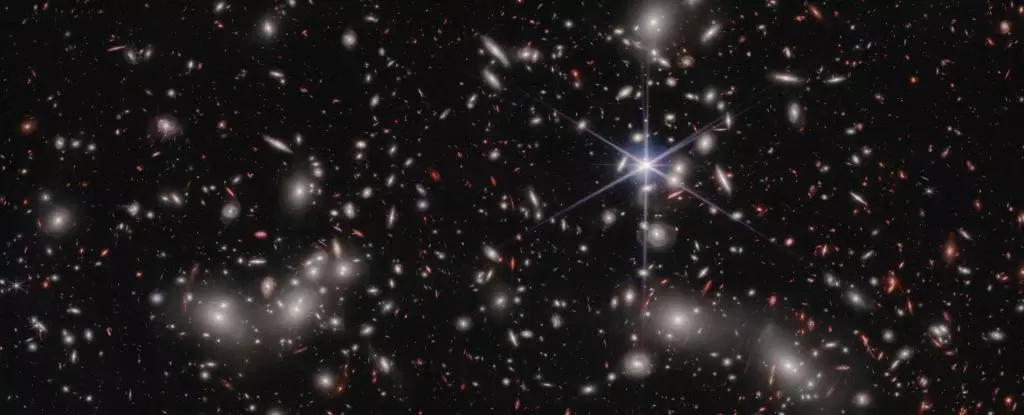The early Universe was a dark and formless void, until the light brought by small dwarf galaxies emerged to clear the fog of murky hydrogen that filled intergalactic space. According to data from the Hubbles and James Webb Space Telescopes, these ultra-faint galaxies played a crucial role in the early Universe’s evolution by producing ionizing photons that transformed neutral hydrogen into ionized plasma during cosmic reionization.
In the early stages of the Universe, shortly after the Big Bang, space was filled with a hot, dense fog of ionized plasma where light could not penetrate. It was not until protons and electrons began to form neutral hydrogen and helium gas after about 300,000 years that the way for light sources to emerge was paved. The first stars were born from this hydrogen and helium, emitting radiation strong enough to reionize the gas and bring light to the Universe.
The Cosmic Dawn
By about 1 billion years after the Big Bang, known as the cosmic dawn, the Universe was entirely reionized, marking the end of the dark period. However, due to the murkiness and dimness of the cosmic dawn, it has been challenging for scientists to observe and understand what transpired during this critical time in the Universe’s formation.
Recent observations from the James Webb Space Telescope have revealed surprising findings about the cosmic dawn. Contrary to previous beliefs that powerful sources like huge black holes or large galaxies were responsible for reionization, it appears that dwarf galaxies played a significant role in the process. These tiny galaxies were found to be more abundant and brighter than expected, emitting four times the ionizing radiation assumed for larger galaxies.
While the evidence pointing towards dwarf galaxies as the key players in reionization is compelling, more research is needed to confirm these findings. Researchers plan to study more regions of the sky to obtain a wider sample of early galactic populations. The James Webb Space Telescope has opened up new possibilities for exploring the Universe and uncovering the mysteries of reionization.
The discovery of the role of dwarf galaxies in the reionization of the Universe represents a significant advancement in our understanding of cosmic evolution. By shedding light on the crucial contributions of these small galaxies, we are able to piece together the puzzle of how the Universe transitioned from darkness to light. This newfound knowledge opens the door to further exploration and research, bringing us closer to unraveling the mysteries of the early Universe.


Leave a Reply